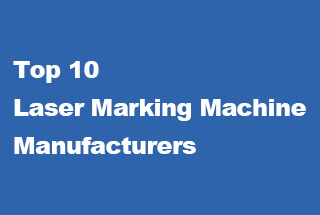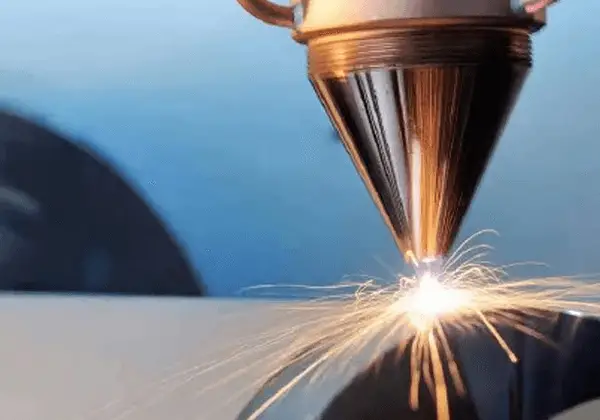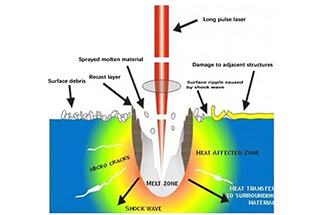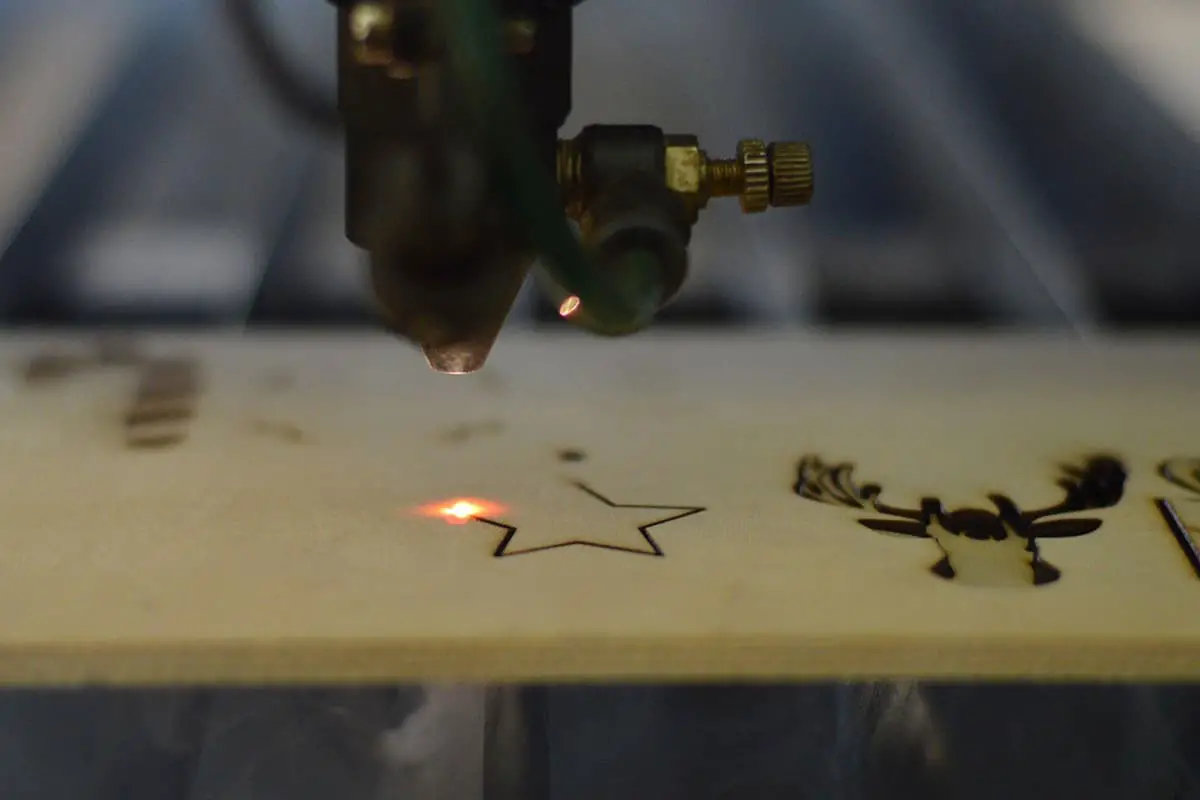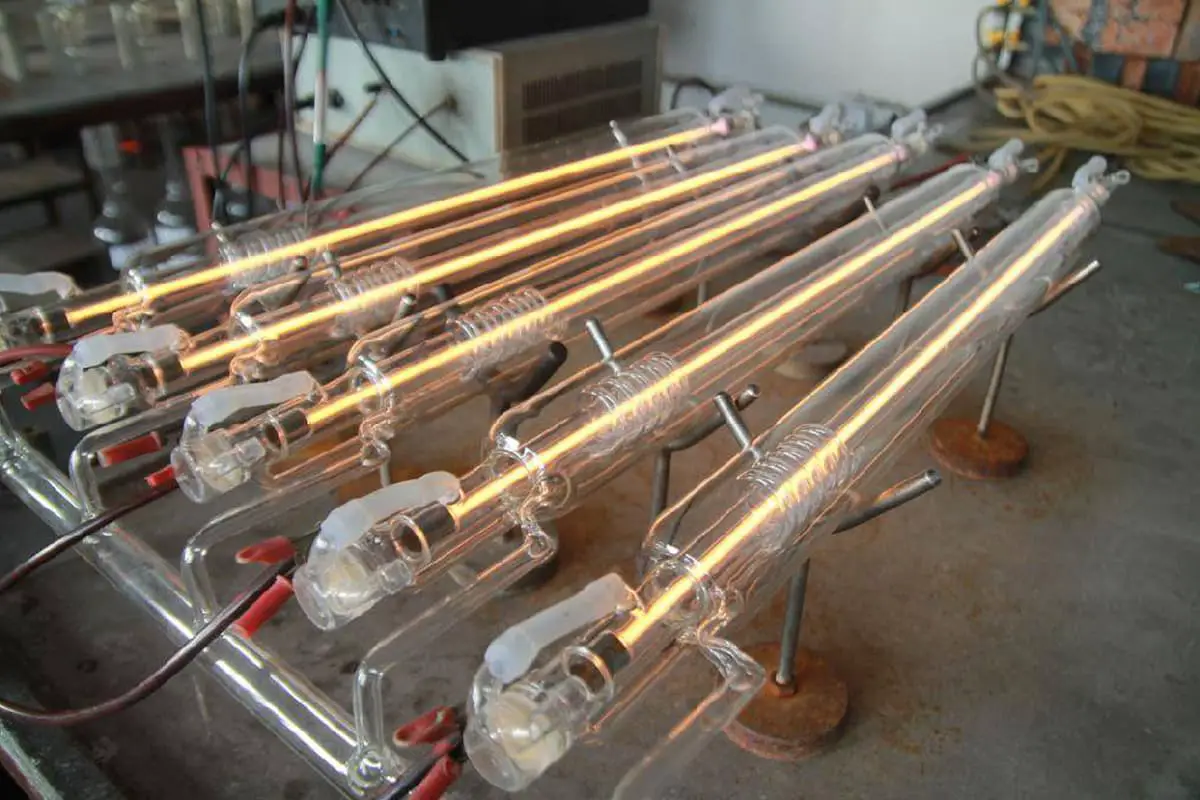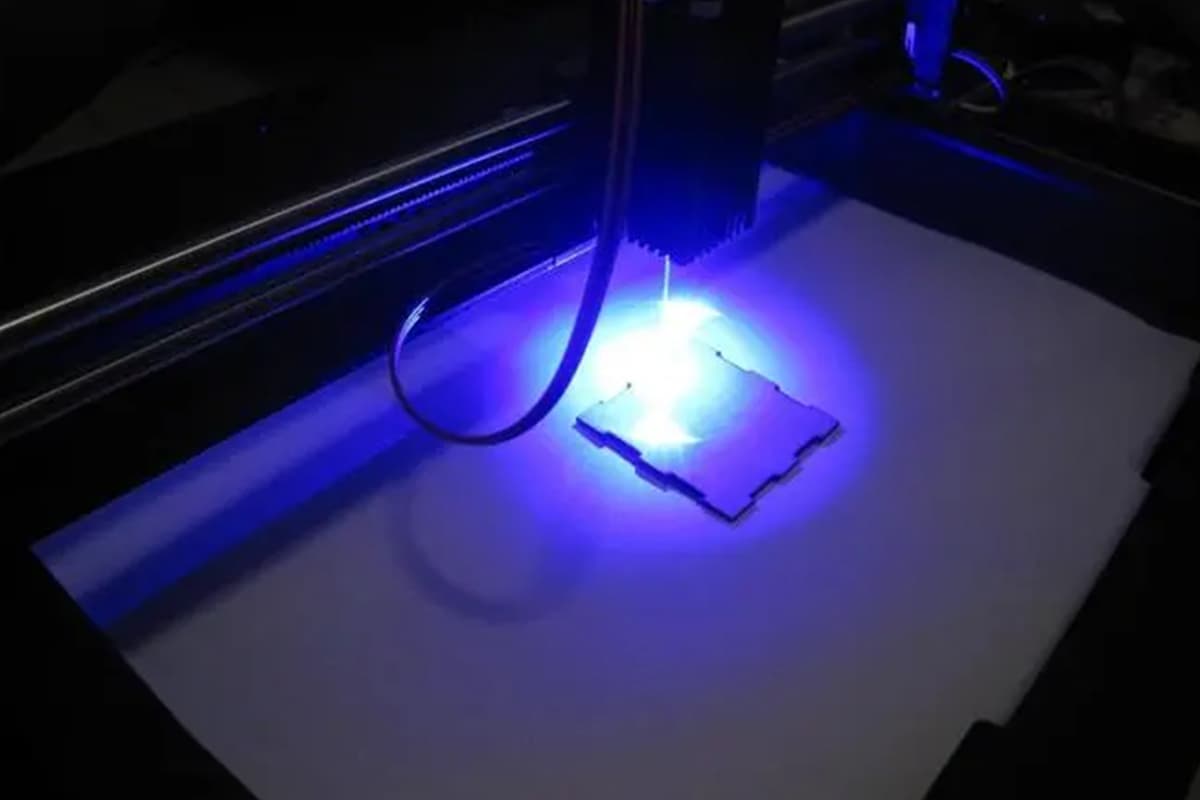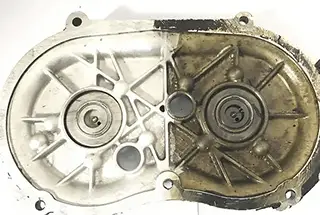
Some common methods for reducing the thermal effects of laser marking machines include: 1. Optimizing the focus of the laser beam Optimizing the focus of the laser beam can make the energy more concentrated, causing the material to vaporize instead of burn. Specifically, this can be achieved by using lenses with shorter focal lengths and […]

Some common methods for reducing the thermal effects of laser marking machines include:
Optimizing the focus of the laser beam can make the energy more concentrated, causing the material to vaporize instead of burn.
Specifically, this can be achieved by using lenses with shorter focal lengths and larger expansion mirrors to compress the divergence angle.
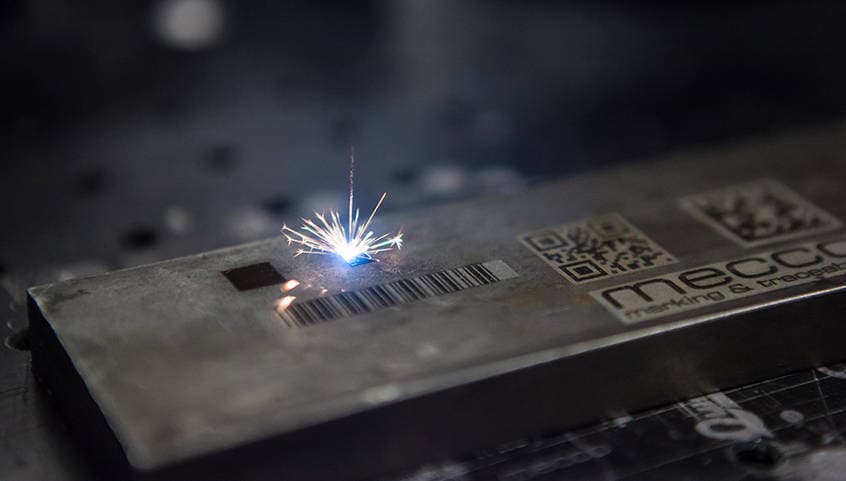
2. Using lasers with lower M2 values, which refers to the beam quality factor. When using a CO2 RF tube, one may find that imported tubes have better marking effects than domestic ones, which tend to result in blackening or yellowing due to laser erosion.
Therefore, lasers with lower M2 values should be selected to obtain a better beam quality.
Using lasers with shorter wavelengths can reduce thermal impact and damage to surrounding materials when marking materials such as PP and PE.
For example, using a 9.3um laser rather than a 10.6um laser can produce better processing effects.
Using lasers with narrower pulse widths can also reduce the thermal effects. For instance, using a conventional 1064nm nanosecond laser is almost impossible to process glass due to the large thermal effect, causing the glass to crack or have uneven edges.
However, using a picosecond 1064nm laser can significantly reduce the thermal effect, combined with Bessel cutting head, it can cut glass very well.
Reducing the frequency of the PWM signal can indirectly increase the peak power of the laser, which can cause the material to vaporize rather than burn. Of course, this requires matching an appropriate marking speed.
Pre-processing the material before marking, such as spraying oxidizer or using chemicals, can make the material surface easier to mark with the laser, thus reducing thermal effects.
Properly adjusting the power and marking speed of the laser marking machine can reduce the loss of laser energy on the material, thereby reducing thermal effects.
Using high-quality optical lenses such as field mirrors, vibrating mirror reflection mirror lenses, collimating lenses, and expanding lenses can enhance their transparency to the laser, thus reducing the thermal effects caused by energy loss due to laser damage on the optical lenses.
For instance, some customers use a 9.3um laser but purchase ordinary 10.6um lenses for cost savings. This type of coating reduces the lens transmission rate by more than 1% for a 9.3um laser, which means that more than 1% of the energy is lost in the lens, producing thermal effects.

